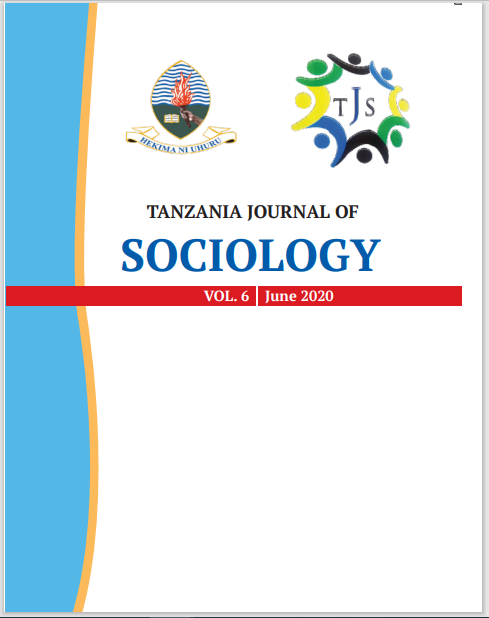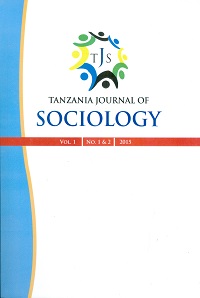Is mimetic desire a root cause of religious violence in Tanzania? An analysis of Girardian €“ Mimetic Desire Theory
Abstract
Mimetic desire theory is widely available in the Western debates and has informed thinking and arguments in the disciplines of literature, sociology, anthropology, religion, theology, and political science in the Western Universities. Unfortunately, there are rare or limited debates on the application of the mimetic desire theory in Africa in general and Tanzania in particular. This article, therefore, attempts to [re]introduce the theory founded by René Girard €“ the Mimetic desire theory focusing on the causes of religious violence in Tanzania. The article uses information gathered from two case studies i.e. from Dar es Salaam and Geita Regions to argue that indeed religious violence in the country is the result of mimesis. The article argues that, Christians have imitated the act of slaughtering animals by Muslims, the resultant of which was violence between Muslims and Christians in the country. The article also adds that religion, however, was not the sole cause of violence in the country. Other factors such as economic marginalisation and power relations were at the core. Moreover, the masses actively and consciously chose the victims (scapegoats) for sacrificial purposes. The paper concludes that society must empower all citizens, regardless of their beliefs, to access the desired objects (scarce resources) in order to maintain peaceful coexistence. The article recommends more debate and studies on the analysis of the Girardian mimetic desire theory.
Keywords: religious violence, Girardian mimetic desire, scapegoat/victim



